The truth is electricity grids are exceedingly complicated and only tenuously grasped by most, to put it generously. Digitalising them, which essentially involves collecting live data, collating it and turning it into something comprehensible, then becomes something of a bridge too far, often neglected in conversations about transformation.
But grid digitalisation form the foundation from which clean energy markets can be built. In other words, it’s crucial.
Low-voltage blind spot
Electricity network operators currently have no visibility over what’s happening on the household to household level of the grid. In the past, they really haven’t needed to. You can easily calculate traffic on a one way street. But today, with one in five Australian homes exporting electricity into the network from their rooftop solar, it’s a staggering oversight.
“The networks across Australia, and also most places across the world, are totally blind. They don’t actually know what’s going on there… they use calculations and professional estimations based on engineering experience,” Luceo Energy’s CEO, Patrick Matweew, told pv magazine Australia.
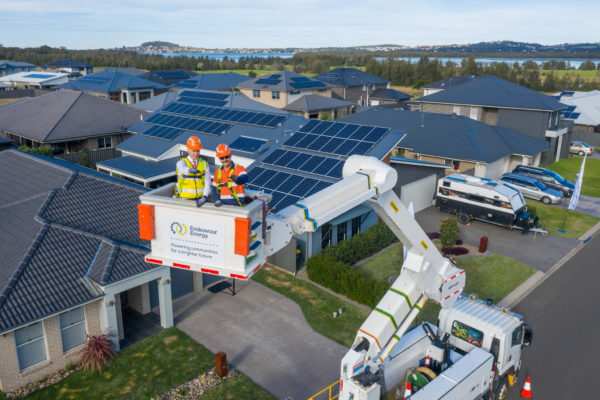
Endeavour Energy
Network’s lack of visibility on the low-voltage segment of the grid, which connects households and makes up most of the network, has been flagged as one of the country’s most pressing problems by the Australian Energy Market Commission (AEMC). It has meant that networks often use the blunt tool of limiting solar exports, curtailing the amount of cleanly generated electrons which make it into our grid, mirroring some of the issues which plague large-scale renewable projects in this country.
Digitalisation, data, is a solution to this impasse. And Luceo Energy, a Brisbane-based startup believes it has the platform to make it happen. “Basically what [the Australian Energy Market Operator], the AEMC, all the people that operate the networks, that’s ultimately what they want because then you see all of Australia live and breathing and you see all your households, all your network paths being visible and you can see what’s going on in terms of solar production, you can see what’s going on in terms of safety and so on. So that’s kind of the ultimate goal here – how do we digitise the grid in a full way and basically make it live and visible.”
“Once you get data and visibility, you can do a lot of other things,” Matweew said.
A network operator and storage company walk into a bar…
Luceo Energy was actually born at the behest of Energy Queensland, one of the state’s network operators.
It approached Redback Technologies – Luceo’s parent company – to ask for help with its stability woes. Redback, established in 2015, is a solar energy storage company that works heavily with software and platform technology.
Energy Queensland sought the company out really to ask if it could use the data collected by its systems. “It was so good what they saw, because the data comes basically live, they said ‘we would need more of that to help us run our network.’ And that resulted into a project,” Matweew explained.
The partnership saw the two companies develop a large commercial trial, and it didn’t take before Redback realised the platform could become a business unto its own. And so Luceo was established in October 2020, commercially offering its cloud-based platform to give network operators real-time data and analytics to manage fleets of distributed resources like rooftop solar.
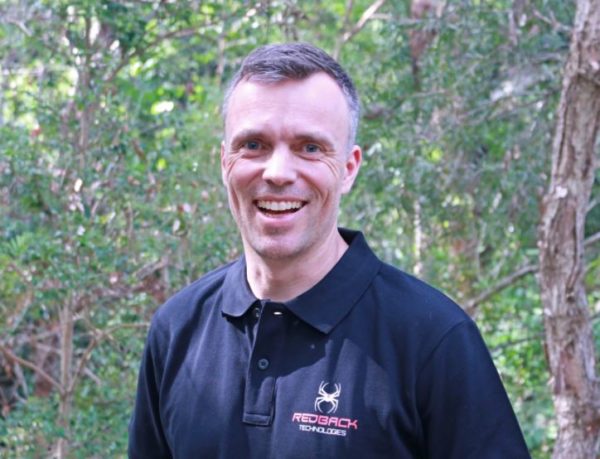
Image: Luceo Energy
Creating a single point of truth
In terms of Luceo’s vision, giving network’s visibility is something of a happy byproduct. What it is really striving to create is a platform which collates data and digitalises the grid in such a way that it enables two-way green energy markets to be built.
“You want to create a single point of truth that all transaction parties can relate to and accept as their platform for settlement,” Matweew said.
Opening up these new markets, he says, benefits not only operators, but retailers and consumers, who can then engage and trade in new ways. “Technology is an enabler for such a future market.”
“I think you’ll see a lot of innovation in the next decade around how you can actually make money and provide services in the energy market,” he added.
Great expectations
Matweew is cognisant of how ambitious it is for startup that hasn’t even celebrated its first birthday to set sights on providing the “single point of truth” for future energy trading. “How can an Australian startup manage that? Well, we partner with one of the biggest providers of data services, Microsoft, and they provide that infrastructure and we provide that front end solution,” he said.
Luceo’s platform is hosted on Microsoft Azure which, Matweew says, gives it access to “huge amounts of computing power” making it “almost indefinitely scalable.”
At the moment, its platform has tens of thousands of data points, but Matweew says it’s designed to take millions, and is capable of doing so now. “We’re not talking about intent, it’s there today.”
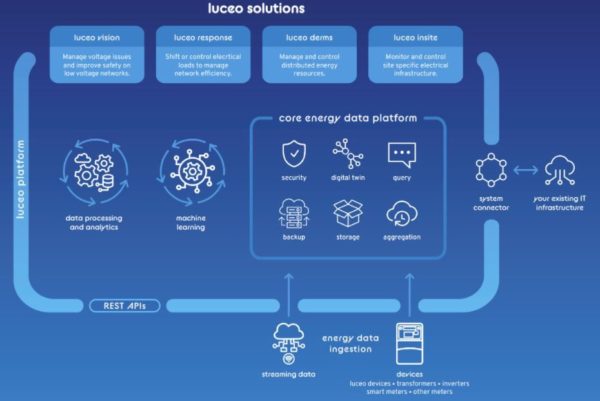
Image: Luceo Energy
Where Luceo gets its data
Given that data forms the nub of Luceo’s offering, this is sticky point. As it stands, Luceo has developed its own hardware to collect its bounty. A grey container the size of a child’s shoe box is installed next to a household’s switchboard and owned by the network operator. This solution, Matweew admits, is far from ideal.
The company is currently working on a way to make this hardware component less intrusive and more attractive for networks to install – a necessary innovation curve for Luceo.
Preferably though, Luceo would import its data not from its own hardware but rather from smart meters or smart inverters and batteries. The biggest hurdle to clear here is not technology, but regulation.
The platform is already capable of integrating data from these external sources, Matweew said.
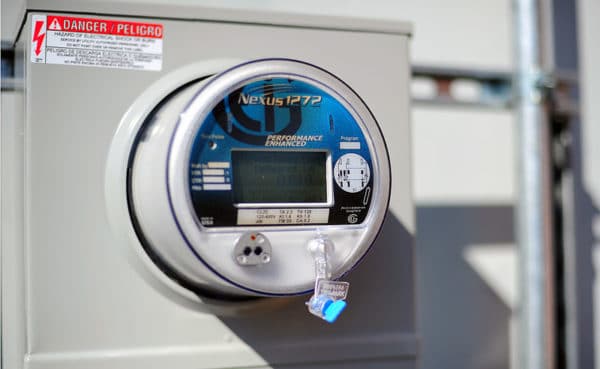
Image: Wikimedia
Smart meter data today is lumpy, scarce and difficult to access if you’re outside of Victoria. Currently, smart meters’ primary job is to provide information to retailers for the purposes of billing. Outside of Victoria, if networks want to access data collected by smart meters, they need to buy it. Which is costly and by the time they get their hands on it, just a record of the past which is not particularly granular. “If you had a real ‘smart’ smart meters, you wouldn’t need a Luceo device,” Matweew said. For now, you still do.
Smart inverters and batteries also hold promise for collecting data – and can do so with far more granularity, gathering information on a minute by minute basis. Matweew riffs that if the company were able to access data from all the solar inverters in Australia, it would be possible to provide national data, collating information on all the solar systems in Australia from one single source which could then be provided to parties eligible to see it. “That’s basically the vision.”
Project SHIELD
In the meantime, Luceo has teamed up with another Australian startup, GridQube, the University of Queensland, and networks Essential Energy and Energy Queensland to develop a use-case of its technology. The consortium is developing what’s known as Project SHIELD (Synchronising Heterogeneous Information to Evaluate Limits for DNSPs) and last month secured $2.6 million in funding from the Australian Renewable Energy Agency (ARENA).
The intention is to help networks make data-driven decisions around how much solar they can accomodate on each of their “feeders” (basically a part of the network) a before upgrades need to be made. It’s about giving networks a safe “operating envelope” so they don’t have to constrain customer’s solar exports.
The project, Matweew said, also has safety benefits, allowing the sources of outages to be detected more quickly and accurately, as well as help with voltage management. “Once you have visibility and you have notifications and alerts, your operational efficiency as the operator is significantly improved,” he said.
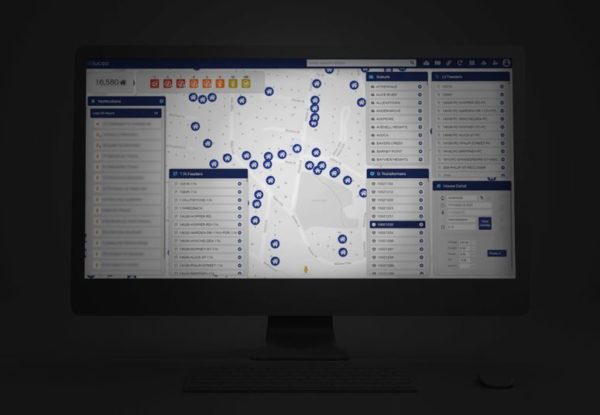
Image: Luceo Energy
Pricing
Luceo’s platform works on a subscription model, paid for by customers month to month based on the services they use. Most customers, Matweew said, pay an amount equivalent to cents per day, though pricing could amount to a couple of dollars daily.
What’s next
While its main customer-base remains in Queensland, Luceo is in early stage discussions with networks in other states. It is also speaking with companies in the United States and southeast Asia. “We have quite an attractive proposition there,” Matweew said.
He believes that Australia has an opportunity, afforded by its unique position with world-leading rooftop solar penetration, to develop technology that can benefit the global energy transition and provide massive economic opportunities along the way.
“There a humungous transformation happening and Australia is really spearheading that,” Matweew said. “A lot of focus is given to certain aspects of this transformation but the redesigning and re-envisioning of the underlying infrastructure is very often overlooked.”
“If we want to be leading in renewable energy… we have to have agile collaboration between all the different stakeholders, including households.”
This content is protected by copyright and may not be reused. If you want to cooperate with us and would like to reuse some of our content, please contact: editors@pv-magazine.com.









By submitting this form you agree to pv magazine using your data for the purposes of publishing your comment.
Your personal data will only be disclosed or otherwise transmitted to third parties for the purposes of spam filtering or if this is necessary for technical maintenance of the website. Any other transfer to third parties will not take place unless this is justified on the basis of applicable data protection regulations or if pv magazine is legally obliged to do so.
You may revoke this consent at any time with effect for the future, in which case your personal data will be deleted immediately. Otherwise, your data will be deleted if pv magazine has processed your request or the purpose of data storage is fulfilled.
Further information on data privacy can be found in our Data Protection Policy.